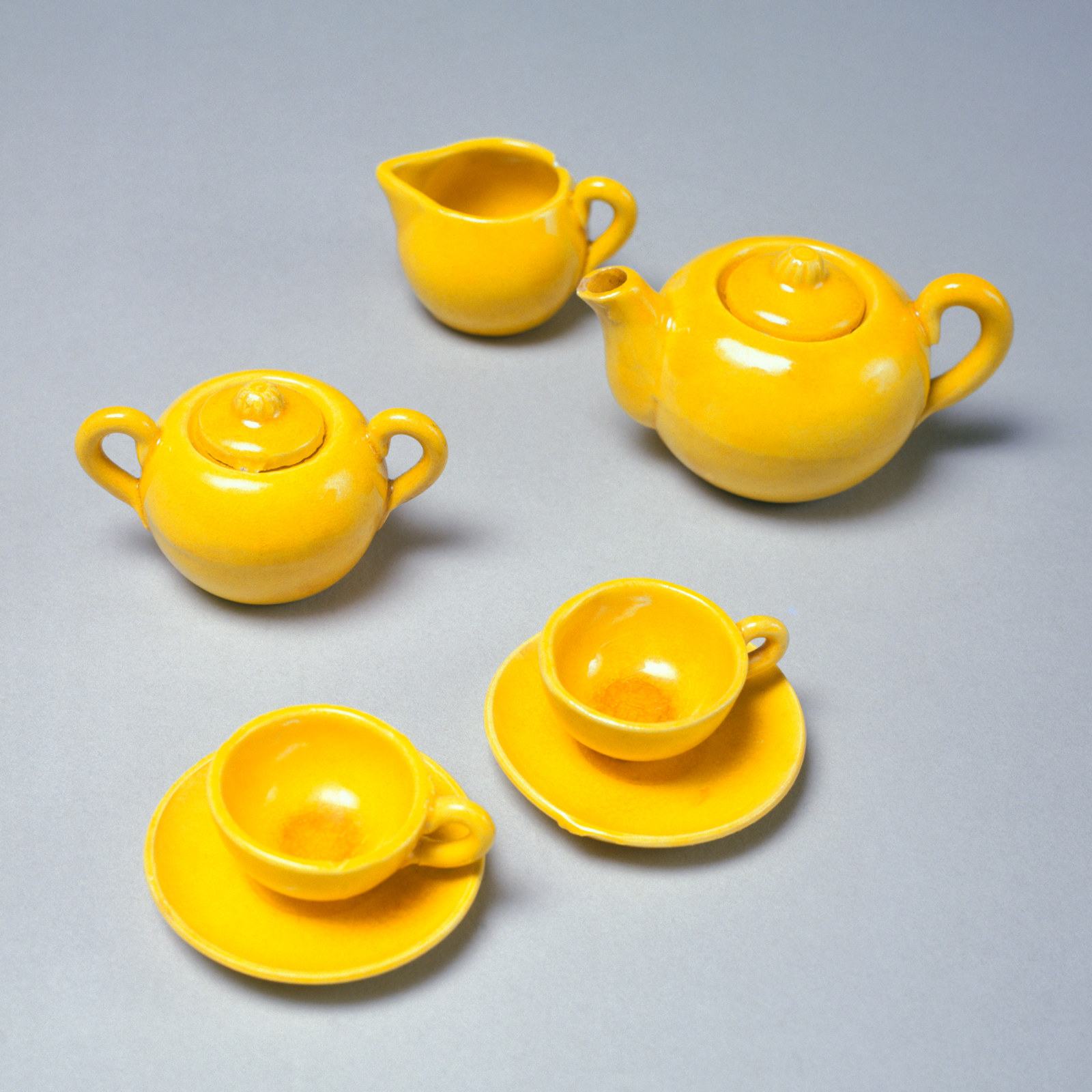The Hawkesbury Races purse
This embroidered blue silk purse was presented to the winner of the weight for age Subscription Purse at the Hawkesbury Races in August 1838, and held £50 prize money.
The race was won by Hercules, owned and bred by the Rouse family. Hercules, a rich bay with black points by the imported sire Whisker, had a successful career as a racehorse and a stallion for both the Rouses and new owner G S Hall, who purchased the horse in 1840. Described as being ‘unquestionably a horse of sterling bottom’, with ‘beauty, good temper and speed’, he was advertised as being ‘the most powerful blood horse in the Colony’ – so well known that comments on his performances were superfluous. Hercules won some £550 in prize money, winning major races at Windsor, Campbelltown, Maitland and Patrick’s Plains, and coming second in the 1841 Metropolitan Cup at Homebush. Encased in a glass dome, its contents long ago spent, the purse stands in pride of place in the drawing room of Rouse Hill House. It remained a family treasure, a symbol of former glories and the Rouse family’s importance in the history of the Australian horse industry.
Published on
Collection items
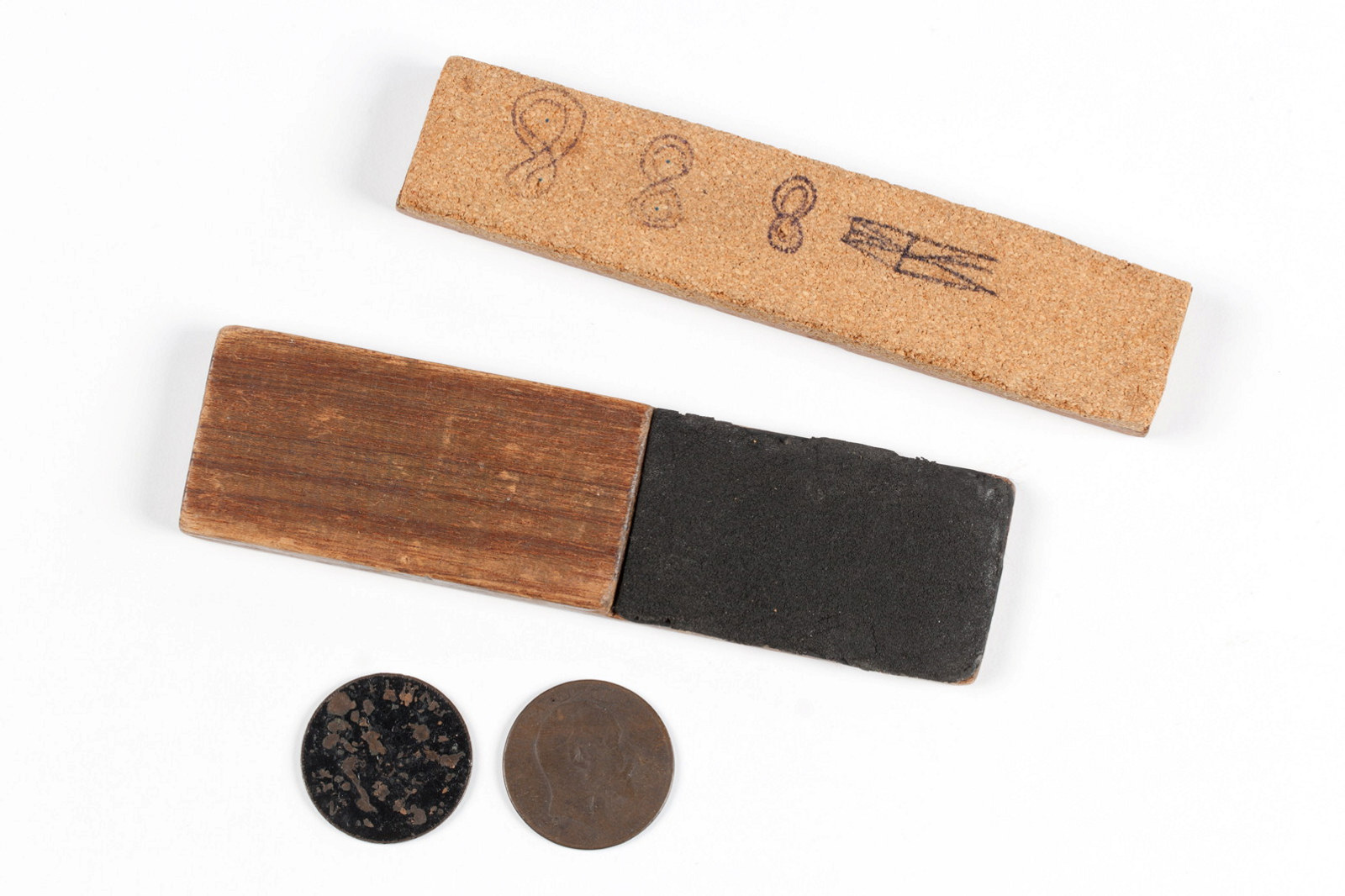
Come in spinner!
Gambling in Australia is regulated by the state and some types of gambling are illegal. The game Two-up, with its catch cry of ‘Come in Spinner!’, is legal only on Anzac Day and only in some states
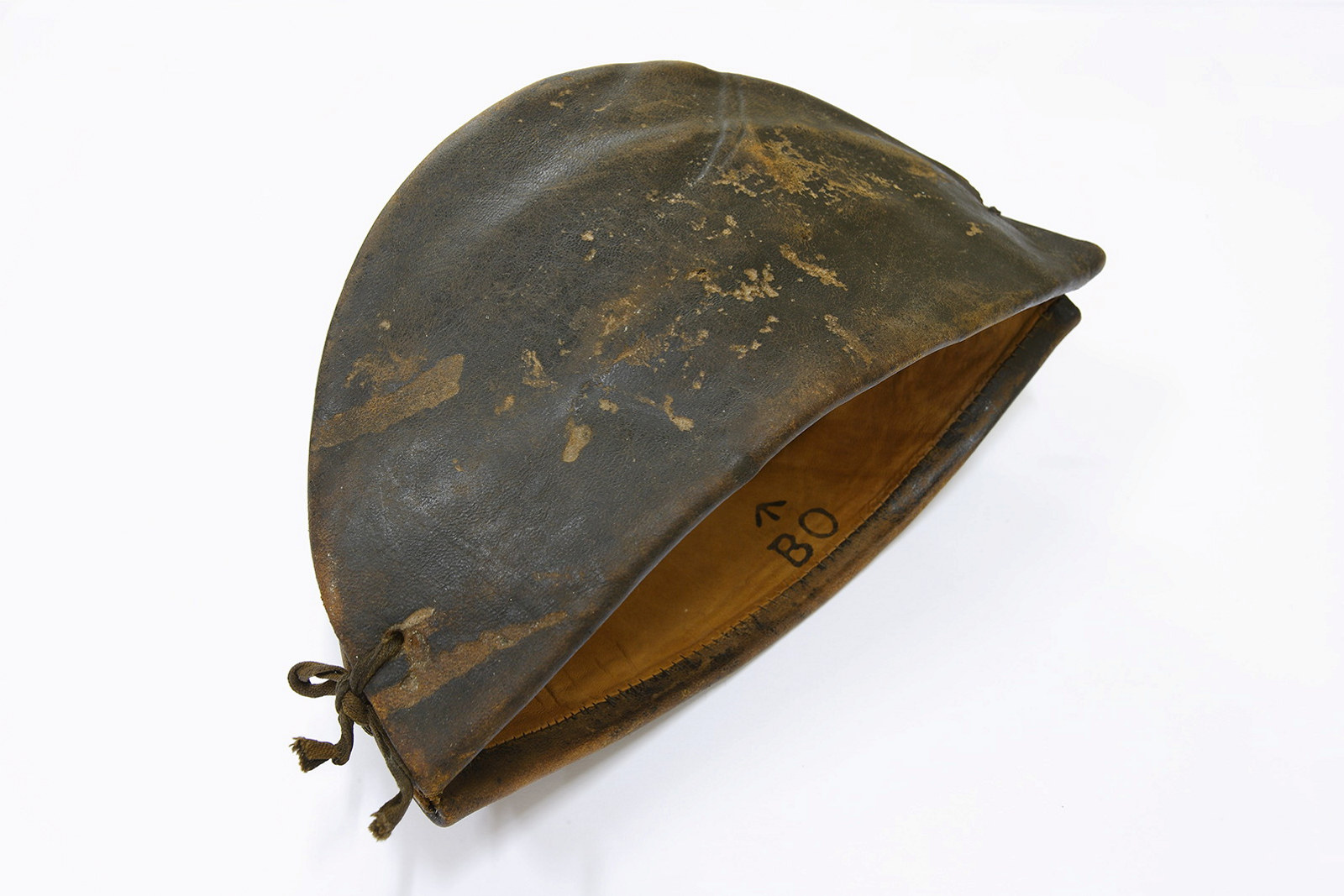
Convict Sydney
Convict cap
A hat was known as a castor or a kelp in the convict ‘flash’ slang language

The trophy cabinet
Trophies are symbolic objects, intended for display as evidence of achievement, especially of victory in a contest of some kind
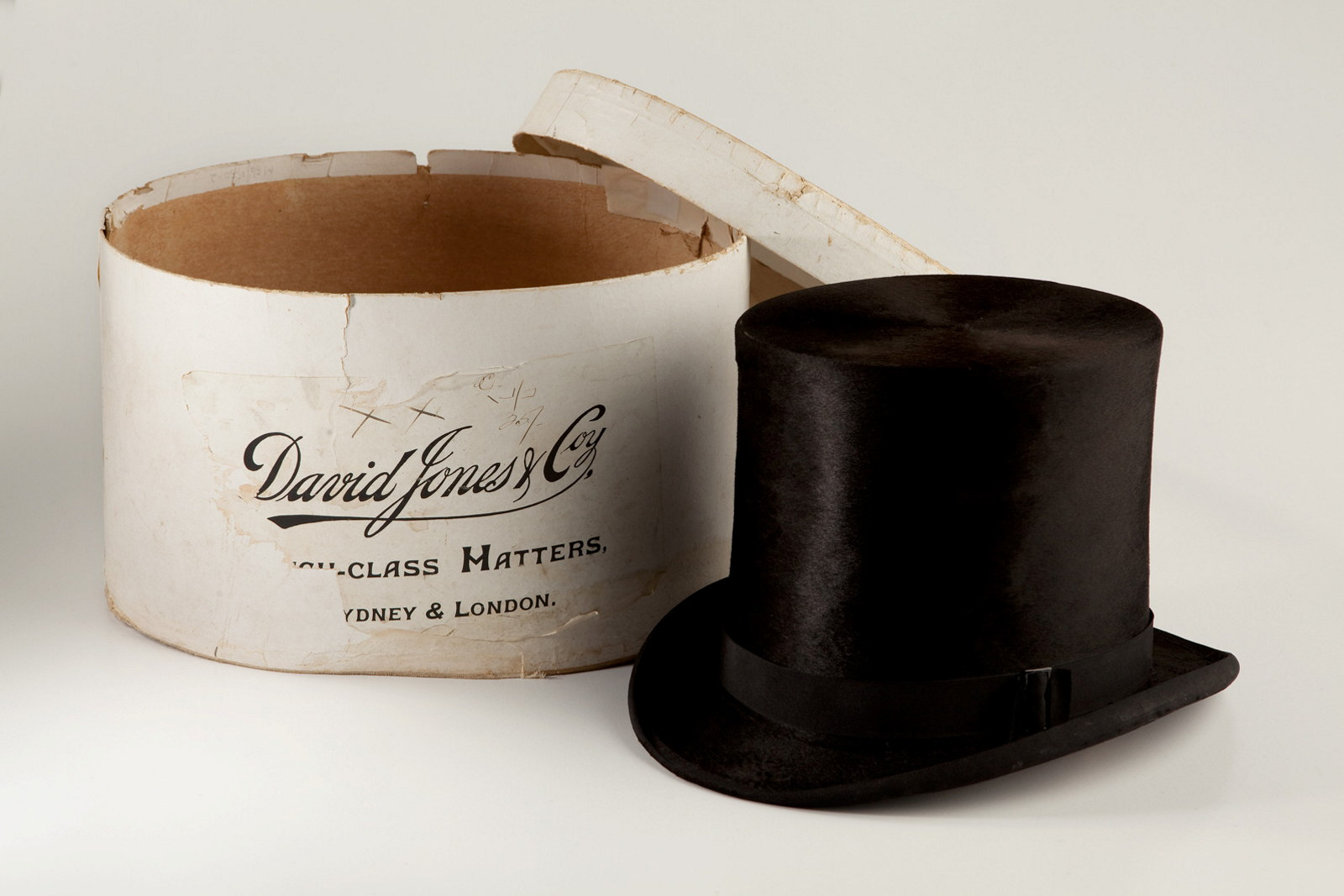
Bicornes, bonnets & boaters
There’s a variety of headwear across our collections ranging in date from early to late nineteenth century
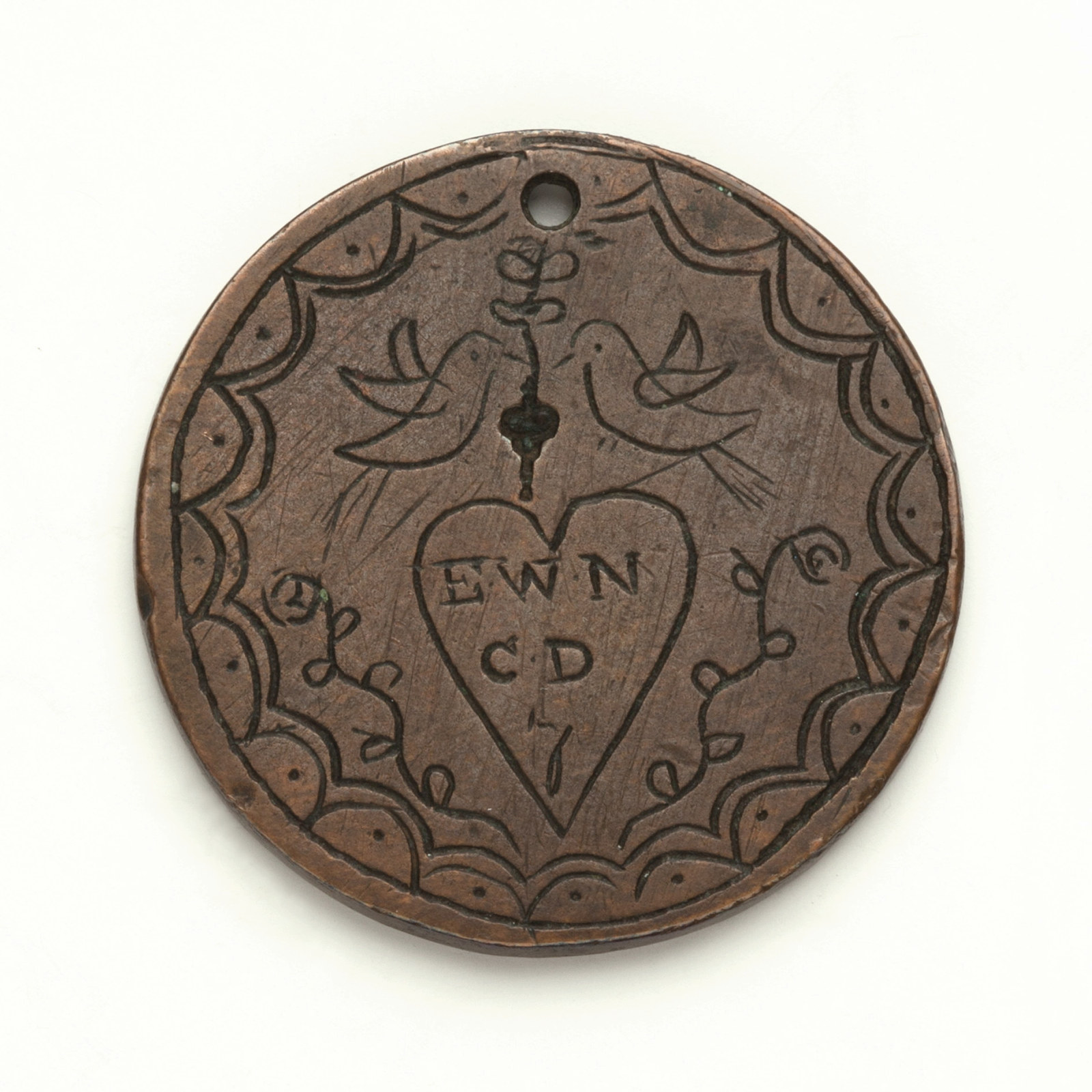
Convict Sydney
Love token, Donovan
This very detailed token was probably made by a nineteen year old called Cornelius Donovan
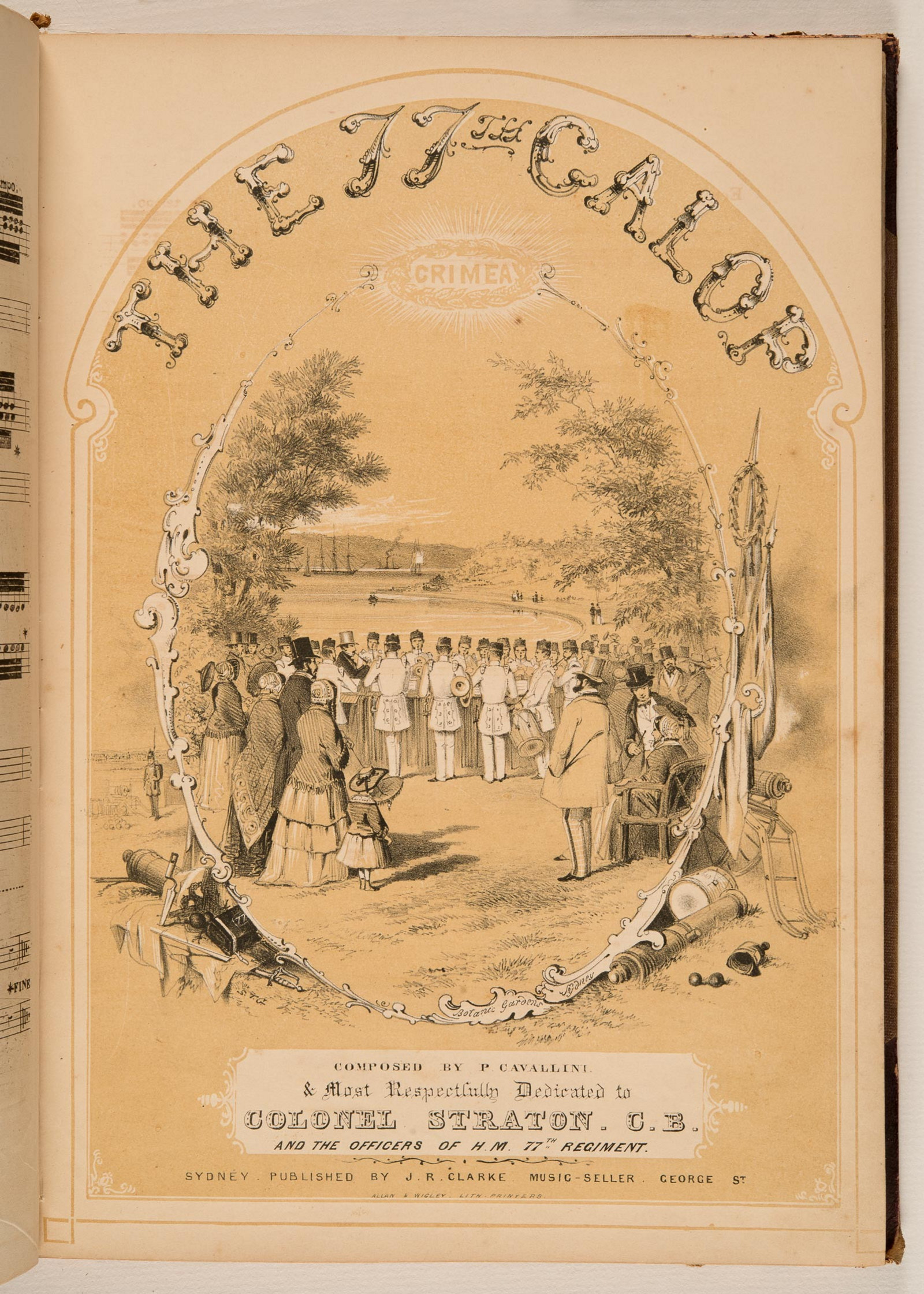
Reading the score
Since the early 1800s, Australian households have purchased sheet music to enliven their drawing room repertoire
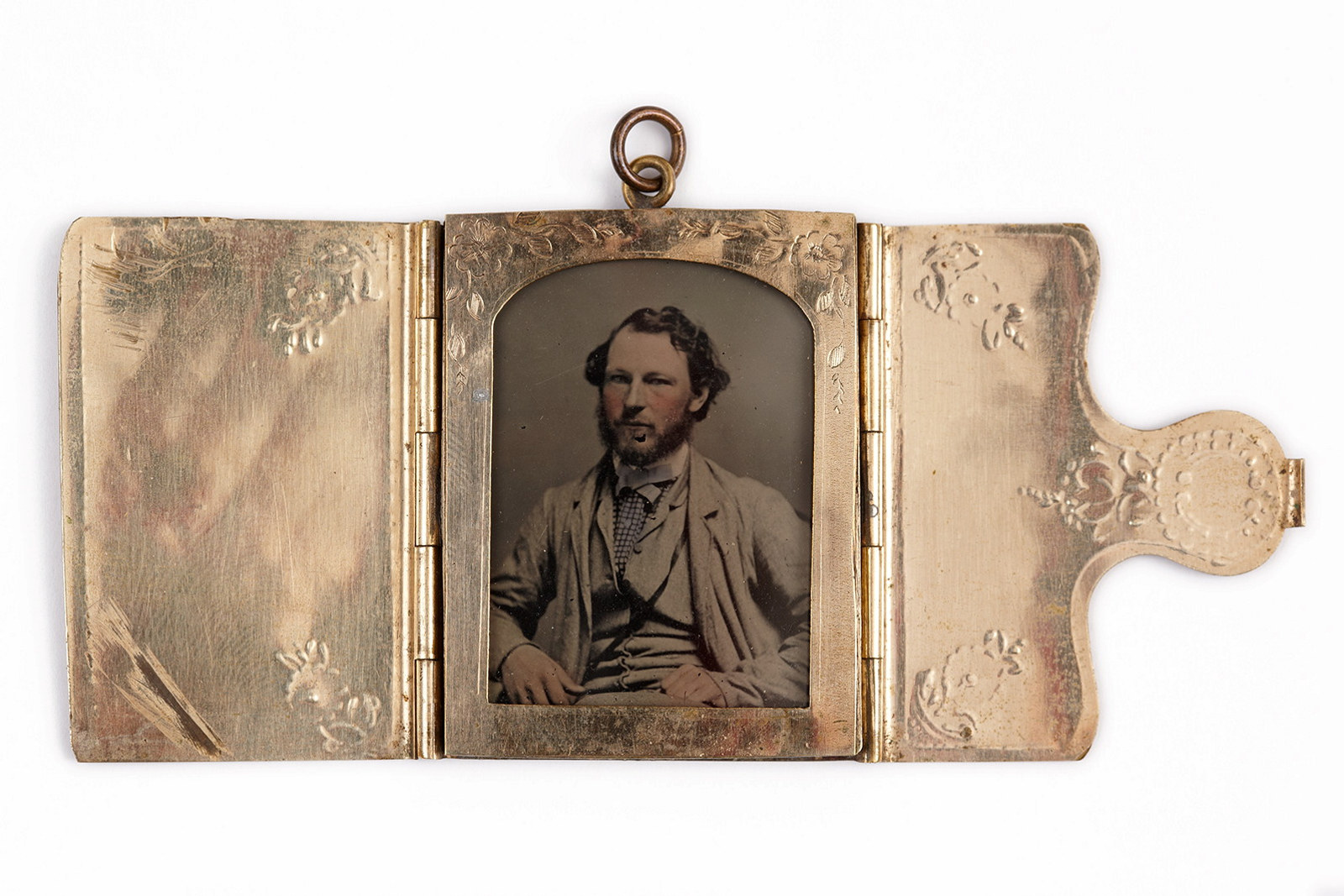
Close to the heart
Expressions of love and endearment have long been embodied in keepsakes or jewellery worn or held close to the body
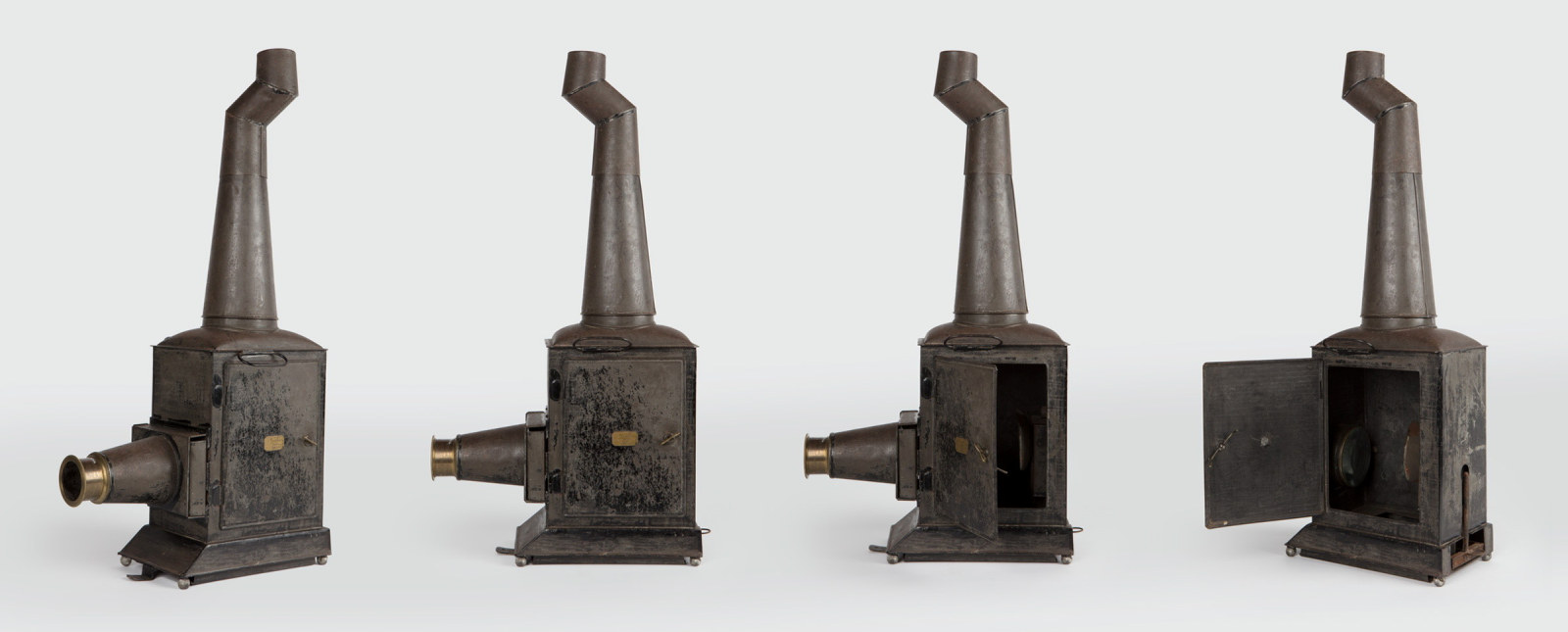
Magic lantern at Rouse Hill Estate
The Rouse Hill House magic lantern is a mid-19th century example of a form of image projector which dates back to the 17th century
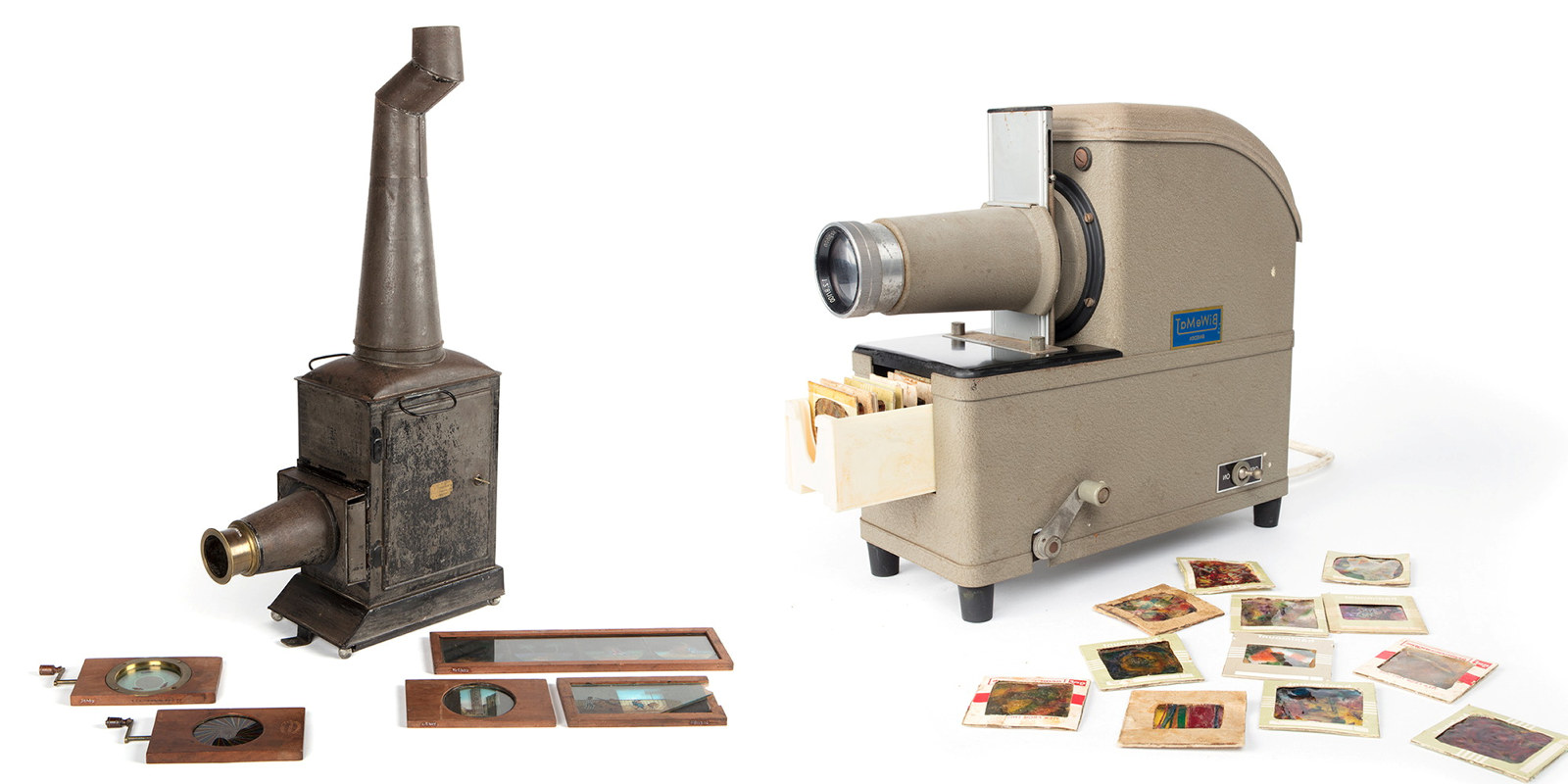
Projected across time
In the late 1960s, John Terry, then a young man living at Rouse Hill Estate, composed avant-garde music which he set to abstract projected images, and performed at various locations in Sydney
